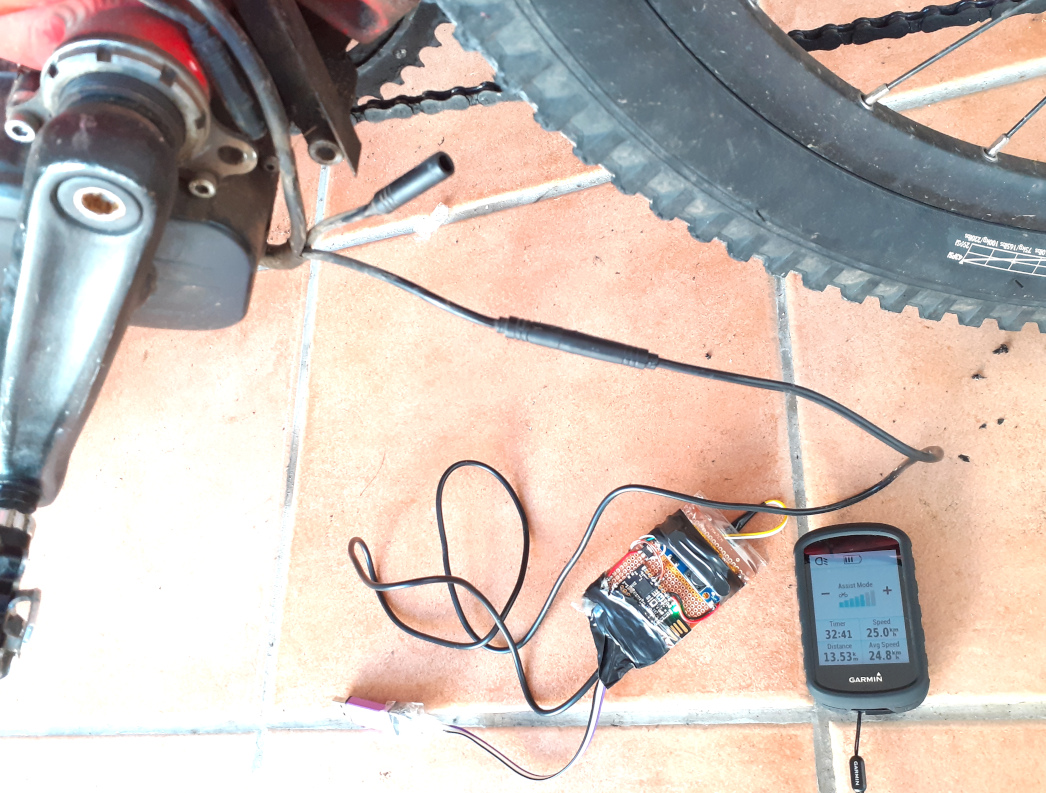When I've run Bootcamp and Parallels on my Mac in the past to emulate windows, I had to buy a copy of windows. Now, Microsoft allows one to download a Win 10 iso from their MS website and run it on Mac without activation. I've been using Bootcamp on my Macbook running all the Win apps needed to load the firmware on my TSDZ with no issues. The hardest part has been that the two OS read and write to different partitions, so file management has been confusing for me at times, but I'm now keeping all the TSDZ files on a USB drive.
Bootcamp came as an included utility with OSX, but I can only boot into either Win of MacOS, and have to reboot to switch, while Parallels allows one to switch back and forth without shutting down. When I was using this to run Solidworks a few years ago, I had a lot of trouble using it with Parallels but it ran OK with Bootcamp. However SW is a huge and hungry program, so with simple apps like the ST tool kit, it might work fine. Plus I was running Win 7 not 10.


